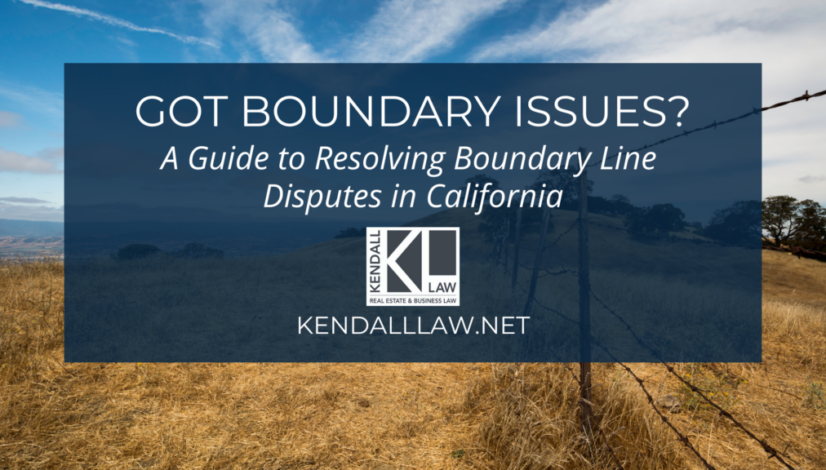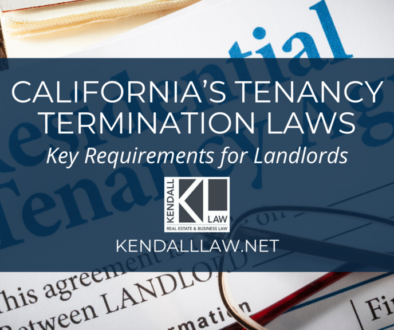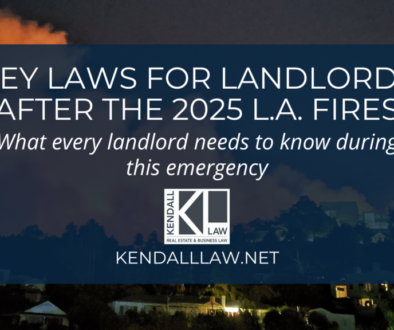Got Boundary Issues? A Guide to Resolving Boundary Line Disputes in California
Boundary disputes can arise unexpectedly between neighboring property owners, leading to tensions and legal complexities. In California, where property values are high and land is often at a premium, joint boundary line disputes can become particularly contentious. This article provides an in-depth exploration of joint boundary line disputes in California, outlining the causes, legal considerations, and potential resolution methods for property owners facing these challenging situations.
Understanding Joint Boundary Line Disputes
A joint boundary line dispute occurs when neighboring property owners disagree about the exact location of their shared property line. These disputes can arise due to a variety of factors, including differences in property descriptions, historical records, and property improvements. Common scenarios include disagreements about fences, trees, structures, or land use that encroach upon a neighbor’s property.
Legal Considerations in California
California law recognizes that property owners have a right to determine and maintain the boundaries of their land. When dealing with joint boundary line disputes, several legal principles come into play:
- Adverse Possession:
Adverse possession is a legal doctrine that allows a person who openly and continuously occupies another person’s property for a certain period to potentially gain ownership rights. However, the requirements for adverse possession are stringent and must be met under California law.
- Prescriptive Easements:
A prescriptive easement can be established when someone uses another’s property openly, notoriously, continuously, and without permission for a specific period. This could grant the user a legal right to access the property for a particular purpose.
- Quiet Title Actions:
If a boundary dispute cannot be resolved through negotiation, a property owner may file a quiet title action in court. This legal process seeks a court judgment to establish or clarify property rights.
- Boundary Line Agreements:
Property owners can mutually agree on the location of a boundary line and formalize the agreement through legal means. This can prevent future disputes and provide clarity for both parties.
Resolving Joint Boundary Line Disputes
- Communication and Negotiation:
Open dialogue between neighboring property owners is often the first step in resolving a joint boundary line dispute. Sharing historical documents, surveys, and other evidence can help clarify the boundaries and potentially lead to an amicable resolution.
- Professional Surveys:
Hiring a professional land surveyor to conduct a boundary survey can provide accurate measurements and help establish the true property line. Survey results can serve as valuable evidence in legal proceedings.
- Mediation:
Mediation involves a neutral third party facilitating discussions between disputing parties. Mediation can help property owners find common ground and reach a mutually acceptable resolution without resorting to litigation.
- Legal Action:
If all else fails, property owners can pursue legal action through quiet title actions or other legal remedies available in California courts. This can provide a judicial resolution to the dispute.
Conclusion
Joint boundary line disputes in California can be emotionally charged and legally complex. Property owners facing these disputes should prioritize open communication, seek professional guidance, and explore various resolution methods to prevent escalation. Resolving boundary disputes through negotiation, mediation, or legal action can lead to a clear resolution that respects the rights of all parties involved and allows neighbors to coexist harmoniously while preserving the value and integrity of their properties.
Facing a joint boundary line dispute in California? Don’t let the complexities and emotions of the situation overwhelm you. Contact us today to explore your resolution options–from negotiation to legal action. Ensure a clear, fair outcome that preserves property value and fosters harmonious neighbor relations. Call Kendall Law at 310-619-4941 for top-quality legal guidance and support.
Please note that the information provided at this website is intended for general educational and informational purposes only, and should not be construed as legal advice or a substitute for legal advice from a qualified attorney in your jurisdiction.
Author: Eileen Kendall





